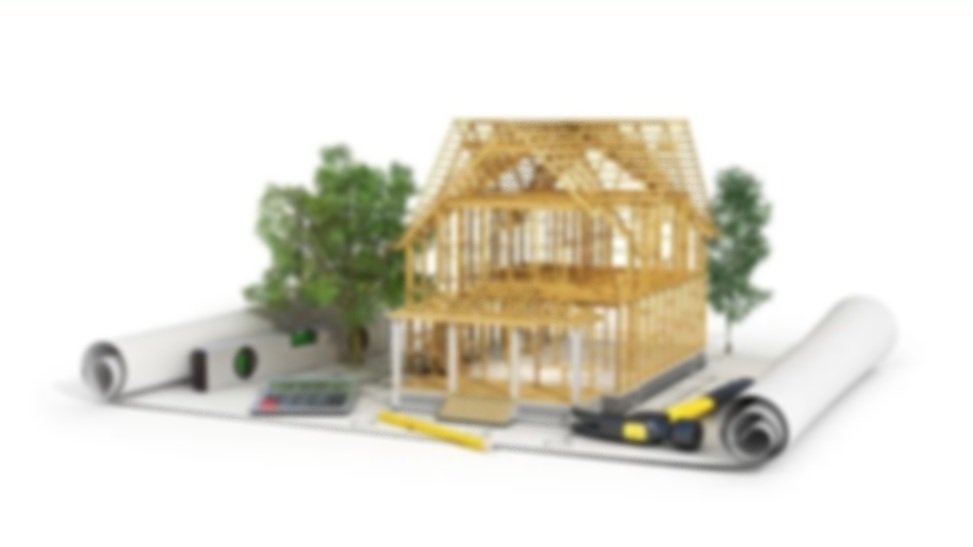

How Quantity Surveying Can Reduce a Project’s Carbon Footprint
In today’s construction industry, reducing environmental impact is no longer optional—it's essential. With the UK targeting net-zero carbon emissions by 2050, developers and contractors are under increasing pressure to make their projects more sustainable. But did you know that quantity surveying plays a vital role in lowering a project’s carbon footprint?
At DQS Consulting, sustainability is a core part of our quantity surveying approach. We help clients balance environmental responsibility with cost efficiency, ensuring their projects are not only compliant but future-ready.
In this blog, we explore how quantity surveying can actively reduce a project’s carbon footprint—and why it’s more relevant than ever.
1. Sustainable Procurement and Material Selection
Why Materials Matter
The construction industry is responsible for around 39% of global carbon emissions, with a significant portion linked to the production and transport of building materials. Quantity surveyors play a crucial role in selecting low-impact materials that still meet performance requirements.
How Quantity Surveying Helps
Evaluate alternative materials with lower embodied carbon (e.g., recycled steel, bamboo, timber).
Compare cost vs. environmental impact to help clients make informed decisions.
Work with suppliers offering certified sustainable products (FSC-certified timber, low-carbon concrete, etc).
DQS Consulting uses life cycle data and supply chain analysis to help clients choose greener material options without inflating project costs.
2. Life Cycle Costing (LCC) and Whole-Life Carbon Assessment
The Long-Term View
A sustainable building isn’t just about its construction—it's about how it performs over decades. That’s where life cycle costing comes in. By evaluating a building’s total cost and carbon output over its lifespan, quantity surveyors help reduce both upfront and long-term emissions.
How Quantity Surveying Helps
Identify energy-efficient systems (e.g., insulation, glazing, heat pumps) with long-term savings.
Assess operational carbon (energy usage) and maintenance emissions.
Recommend low-carbon materials with reduced life cycle impact.
Example: While LED lighting may have a higher upfront cost, quantity surveyors can show its cost and carbon savings over a 25-year life span.
At DQS Consulting, we integrate LCC into our cost planning to ensure clients benefit from both financial and environmental returns.
3. Reducing Waste Through Efficient Cost Planning
Waste = Carbon
Construction waste contributes significantly to carbon emissions. Over-ordering materials, poor planning, and inefficient logistics all increase a project's environmental footprint.
How Quantity Surveying Helps
Provide precise material take-offs to avoid over-ordering.
Use digital tools (e.g., BIM) to model and optimise material usage.
Factor in recycled content and modular components to reduce site waste.
Did you know? Even a 5% reduction in material waste can significantly lower a project’s carbon emissions—and cost.
DQS Consulting uses digital tools and data-led planning to reduce waste and drive greener outcomes.
Related Read: Cost Estimation in Quantity Surveying: Best Practices
4. Encouraging Energy-Efficient Design from the Start
Collaboration from Day One
By being involved early in the design process, quantity surveyors can influence key decisions that reduce energy use and emissions throughout a building’s life.
How Quantity Surveying Helps
Collaborate with architects and engineers to support low-carbon design strategies.
Analyse the cost-benefit of passive design elements (e.g., natural ventilation, solar orientation).
Help clients access funding or tax benefits for energy-efficient solutions.
At DQS Consulting, we actively collaborate in the early stages of design to ensure carbon-conscious decisions align with budgetary goals.
5. Supporting Green Certifications and Compliance
Meeting Standards, Gaining Recognition
Many developers now aim for green certifications such as BREEAM, LEED, or WELL, which require strict environmental performance standards.
How Quantity Surveying Helps
Provide detailed cost planning for certification criteria (e.g., thermal efficiency, renewable energy systems).
Track and report on materials and systems that contribute to low-carbon outcomes.
Ensure procurement and construction align with compliance requirements.
DQS Consulting helps clients navigate certification processes, ensuring sustainability targets are achieved without exceeding budget.
6. The Role of Digital Tools and Data in Carbon Reduction
Smart Tools, Greener Results
Modern quantity surveying isn’t just about spreadsheets—it’s about data-driven decisions. Using Building Information Modelling (BIM) and carbon assessment software, quantity surveyors can model and reduce emissions before construction begins.
How Quantity Surveying Helps
Use 5D BIM to link carbon outputs to cost elements.
Integrate carbon databases to benchmark materials and methods.
Simulate various construction approaches to identify low-impact options.
DQS Consulting invests in digital tools that improve accuracy, efficiency, and environmental outcomes for every project.
Related Read: The Future of Quantity Surveying: Trends and Innovations
Final Thoughts
Reducing a project’s carbon footprint is no longer just a nice-to-have—it’s a necessity. Quantity surveying plays a central role in making construction greener, from material selection and waste reduction to life cycle costing and sustainable procurement.
At DQS Consulting, we are proud to champion environmentally responsible quantity surveying, supporting clients in building for the future—cost-effectively and sustainably.
Want to reduce your project’s carbon footprint without inflating your budget? Get in touch with DQS Consulting today to see how our quantity surveying services can help.
Related Reads:
Discover more about surveying
What is Quantity Surveying in Construction?
Find out more about what is quantity surveying in construction
What is a Quantity Surveying Course?
Find out more about what is a quantity surveying course.
How to Study Quantity Surveying
Find out more about how to study quantity surveying.
What is Quantity Surveying in Construction Economics?
Find out more about what is quantity surveying in construction economics.
Get in touch
Every construction project is unique which is why we tailor our quantity surveying services to your needs. From cost management to risk assessment and compliance, we deliver clear, sustainable solutions.
Get in touch today to discuss your project.










